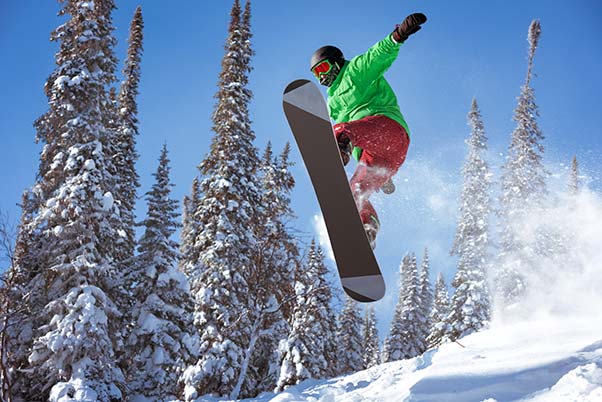At last, spring is upon us. Although folks in some parts of the country swore winter would never be over (and they are praying it finally is), the calendar can make optimists of us all. As the seasons change, our attention turns to moving into new activities and hobbies. The inevitable question is: what should we do with all of the accumulated cold weather gear?
You may have noticed that every year, it feels as if the collection of winter paraphernalia has grown by a significant factor – so much so, in fact, that storing it until next winter presents a major dilemma. Don’t despair: you are not alone. The kids who once were content with a sled to be pulled on have graduated to skates and snowboards, and there is more to come. The adults who made do with mediocre ski equipment have decided their skills on the slopes support the purchase of some better gear, with clothing to go with it. And whoever in your house is responsible for snow clearing has his/her collection of equipment to complete the task.
Best Storage Conditions
What once may have taken up a corner of your garage is now more to be reckoned with, and now may be the point in time when you finally decide to invest in some good offsite storage. Self-storage is an excellent idea, particularly if you want to keep your winter apparatus in pristine condition for next season. Skis, snowboards, sleds, toboggans, hockey gear and skates all need clean, dry areas with good air circulation to keep them in great shape. If you get some carpet remnants that can be used underneath these items and lean the items against a clean, clear wall, you have optimized your chances of having everything ready to go upon the first sign of snow next year. It’s a good idea, as well, to go online and check with manufacturers to see if they recommend specific guidelines for equipment waxing, shaping or sharpening before long-term storage.
Best Equipment Practices
Expensive snowmobiles, snow blowers and shovels need to be handled with care. While one may think these are tough machines and tools, it is essential that they be stored appropriately, often free of fuel and in an area where they will not be prone to dirt, dust, or random pushing out of the way. Some snowmobile manufacturers recommend a full tank of gas for storage, with an additive to preserve the fuel. They may also recommend the removal of the battery. These are important issues to be aware of, and relevant information should be in your owner’s manual. All mechanical devices need to be handled in a case-specific manner, so allow time to research before you store them.
Best Garment Handling
In the case of heavy clothing and other ski togs, two issues are paramount: cleanliness and dryness. These items are particularly susceptible to mold and mildew; the environment in which they are stored must be free of moisture and dirt. Air drying clothes in sunlight is a great start, and putting them on a clothes rack or hooks that extend well from walls will help with essential air circulation. Once stored, your clothing and hats, gloves, etc., should not be exposed to direct sunlight; if they are, for extended periods of time, it can lead to fading and/or weakening of the fabric.
Finally, don’t forget that the spring and summer are ideal times to score some great bargains on that extra bit of snow gear you’ve been wanting to get. The sales are on! And won’t it be nice to have the perfect place to store your best bargain until you break it out next snow season?










